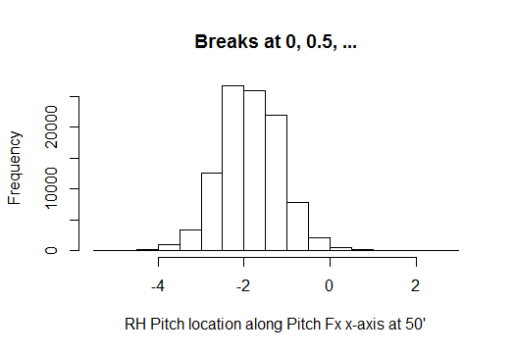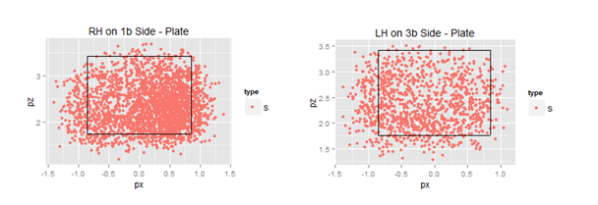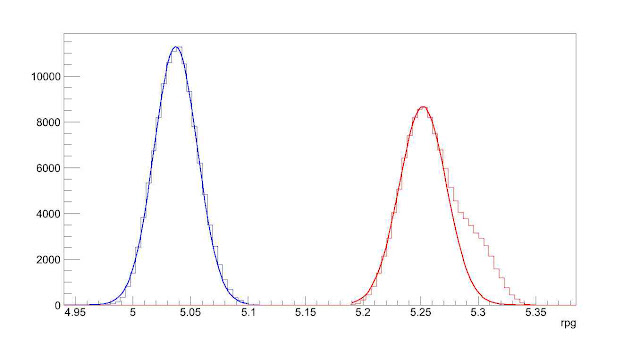Three More Albert Pujols Bunts
Mea culpa. After posting an in-depth look at Albert Pujols‘ lone sacrifice bunt, readers both friendly and unfriendly pointed out to me that there is record of three more major-league Pujols bunt attempts, two for hits and one a squeeze (but no other known sacrifice attempts). The only satisfactory way to own up to my mistake is to follow up with a new essay asking: why did Pujols bunt those other times? Any errors in this new post are the responsibility of Session Lager the author.
Bunt No. 2: May 23, 2003
What was the bunt? Albert Pujols had a good day. He struck out in the first inning and then racked up five hits (two doubles), including one in the top of the tenth inning. It’s the 10th inning we’re looking at here.
With two outs and a runner on second base, J.D. Drew hit a triple to deep center field; the runner scored, giving the Cardinals a 9-8 lead. Next, Albert Pujols singled on a bunt to third base, scoring Drew and making the lead 10-8. The Pirates couldn’t recover in the bottom of the inning.
Was it a good idea? This was a squeeze play with two outs. In the tenth inning. Using a batter who had only bunted once before. On the other hand, the Cardinals already had the lead they needed. It was a daring mad-scientist gamble. The bunt had to be perfect.
Did it work? The bunt was perfect.
Bunt No. 3: July 27, 2003
What was the bunt? Only two months later and against the same Pirates, Pujols attempted to bunt for a hit and failed in the 8th inning. His Cardinals were losing 3-1, and there was one out and no runner on base.
Was it a good idea? Albert Pujols was facing Brian Boehringer (5.41 FIP, 4.33 BB/9, -0.7 WAR that season). He may have been emboldened by the memory of his recent success, but given how good Pujols was at not-bunting, and how bad Boehringer was at pitching, this attempt is only understandable if it was an attempt to take the enemy by surprise. Pujols bunted on 0-1; whether he showed bunt on the first pitch (a called strike) is lost to the sands of time.
Did it work? No, but in the next (9th) inning, with two outs, Pujols had a walk-off single to win the game.
Bunt No. 4: August 25, 2004
What was the bunt? It came on another good day: Pujols singled, doubled, and homered. And the single was a bunt to third base on a 1-0 count in the 8th.
Was it a good idea? See, this is the thing with bunt-for-hit attempts; without seeing the defense at work, and without understanding the state of play, all we have to go on is hindsight. John Riedling was another troubled pitcher, almost identical to Boehringer (5.24 FIP, 4.64 BB/9, -0.7 WAR that year); both also suffered from inflated home run rates. They were, presumably, easy pickings. And, indeed, Jim Edmonds brought Pujols home on a game-tying line drive over the fence.
Did it work? Yes.
Conclusions (Again)
What can we learn, aside from that the author needs to be a little more diligent? That Albert Pujols has done okay as a bunt artist. His first try, as a rookie, remains incomprehensible, but he then executed a flawless two-out squeeze play and went 1-for-2 in tries for a hit. I’m inclined to believe that the tries for hits represent opportunism, and that the lone sacrifice and the squeeze play represent Tony La Russa’s management philosophy at work. On my last post, reader Tim A wondered if that first bunt was La Russa simply testing Pujols’ ability to lay the ball down.
It’s still kind of weird that the then-best (or best non-Bonds) hitter in baseball tried a squeeze bunt on two outs. It’s definitely weird that a rookie with 20 homers would be called upon to bunt from the cleanup spot. But hey, we discovered a new wrinkle: Pujols is pretty good at yet another part of baseball. And in games in which Albert Pujols bunts, his team is 4-0.
Possible Teasers if I Decide to Write More of These at Some Point
According to the batted ball data (except where this data is incomplete, starred*), here are some more career bunt attempt totals: Adam Dunn 3, Manny Ramirez 2*, David Ortiz 11. In 2009 Jack Cust went 3-for-3 on bunt hit attempts. That same year, 3 successful bunt singles were laid down by Pablo Sandoval.





